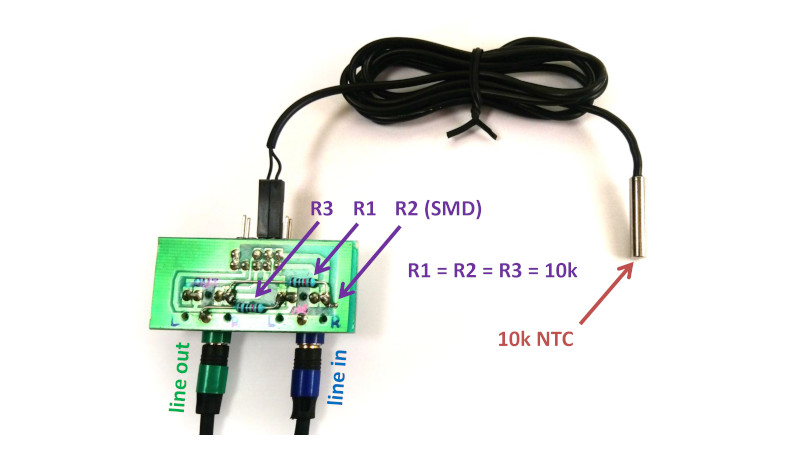Your PC Sound Card As A Sensor Input

The commoditised PC is the most versatile tool many of us will own, and since it has been around for a very long time it is also something that can …read more Continue reading Your PC Sound Card As A Sensor Input
Collaborate Disseminate

The commoditised PC is the most versatile tool many of us will own, and since it has been around for a very long time it is also something that can …read more Continue reading Your PC Sound Card As A Sensor Input
Data Viper, a security startup that provides access to some 15 billion usernames, passwords and other information exposed in more than 8,000 website breaches, has itself been hacked and its user database posted online. The hackers also claim they are selling on the dark web roughly 2 billion records Data Viper collated from numerous breaches and data leaks, including data from several companies that likely either do not know they have been hacked or have not yet publicly disclosed an intrusion.
The apparent breach at St. Louis, Mo. based Data Viper offers a cautionary and twisted tale of what can happen when security researchers seeking to gather intelligence about illegal activity online get too close to their prey or lose sight of their purported mission. The incident also highlights the often murky area between what’s legal and ethical in combating cybercrime. Continue reading Breached Data Indexer ‘Data Viper’ Hacked
Every few years, or so we’re told, [Scott] revisits the idea of building an electrocardiogram machine. This is just a small box with three electrodes. Attach them to your chest, and you get a neat readout of your heartbeat. This is a project that has been done to death, but …read more
A ridiculous number of companies are exposing some or all of their proprietary and customer data by putting it in the cloud without any kind of authentication needed to read, alter or destroy it. When cybercriminals are the first to discover these missteps, usually the outcome is a demand for money in return for the stolen data. But when these screw-ups are unearthed by security professionals seeking to make a name for themselves, the resulting publicity often can leave the breached organization wishing they’d instead been quietly extorted by anonymous crooks. Continue reading When Security Researchers Pose as Cybercrooks, Who Can Tell the Difference?
Anyone who had a cheap set of computer speakers in the early 2000s has heard it – the rhythmic dit-da-dit-dit of a GSM phone pinging a cell tower once an hour or so. [153armstrong] has a write up on how to capture this on your computer.
It’s incredibly simple to do – simply plug in a set of headphone to the sound card’s microphone jack, leave a mobile phone nearby, hit record, and wait. The headphone wire acts as an antenna, and when the phone transmits, it induces a current in the wire, which is picked up by the soundcard. …read more
![]() Continue reading Detecting Mobile Phone Transmissions With a Sound Card
Continue reading Detecting Mobile Phone Transmissions With a Sound Card